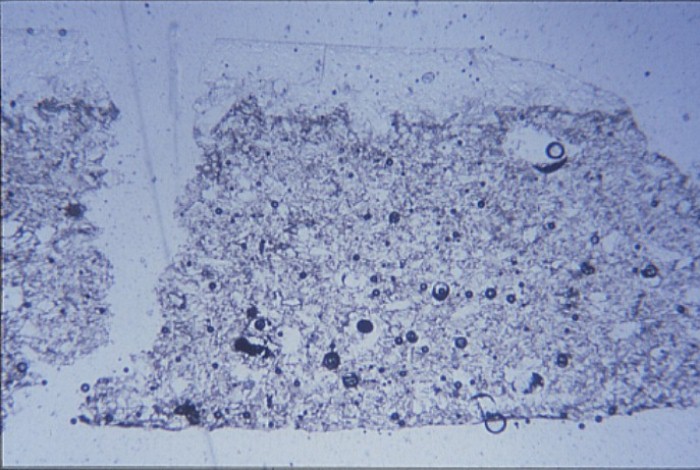
Figure 14a: PPL view at x10 of sample MRT.06 showing general texture (width of field c. 6mm)
Macroscopic paste description: White stonepaste, moderately porous, with granularity visible.
Petrographic description: Stonepaste body comprising predominantly quartz grains fused together by filamentous glass. Body contains about 50% quartz, consisting of about 20% clear quartz, 10-15% slightly cloudy quartz, 3-4% cloudy quartz, rare traces of very cloudy quartz, and also includes up to 2% polycrystalline and 20-25% 'sheared' quartz (some 'sheared' grains are so heavily damaged that it is impossible to determine how cloudy they were). 'Shearing' in the case of this group is clearly associated with optical discontinuities across 'sheared' zones, forming in some cases a mylonite mosaic. Quartz grains show a range of extinction from straight to strongly undulose. Fluid inclusions form fine patches and broad bands. Grains are angular and moderately sorted with a grainsize diameter mode of 0.0125-0.025mm (calculated) with maximum grainsize of 0.6mm. This petrofabric is characterised by a predominance of clear quartz, although with significant slightly cloudy quartz, and by a very high content of 'sheared' quartz. It is not very different from some 'Ma'arrat' Petrofabric examples, which also contain feldspar (absent in Raqqa-1), and are consistently coarser (samples with laboratory number beginning with MRT are from the Bartels gift attributed to Ma'arrat al-Nu'man and belong to the Ashmolean Museum, Oxford).

Figure 14a: PPL view at x10 of sample MRT.06 showing general texture (width of field c. 6mm)
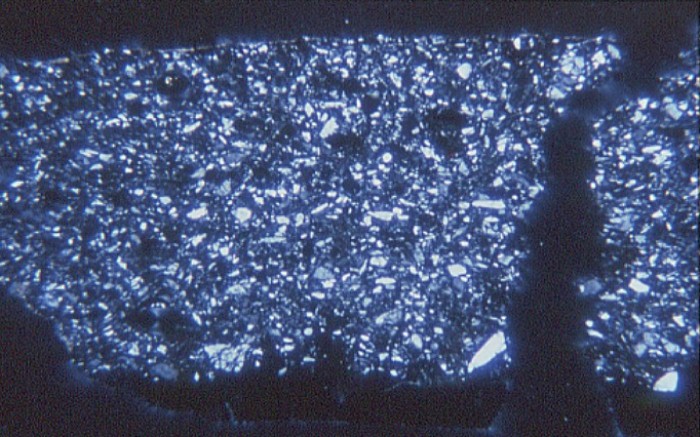
Figure 14b: XP view at x10 of sample MRT.06 showing general texture (width of field c. 6mm)
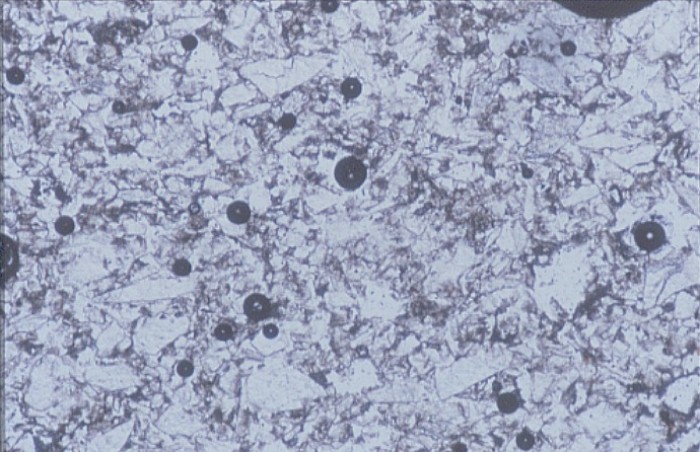
Figure 14c: PPL view at x40 of sample MRT.06 showing general texture (width of field c. 1.5mm)
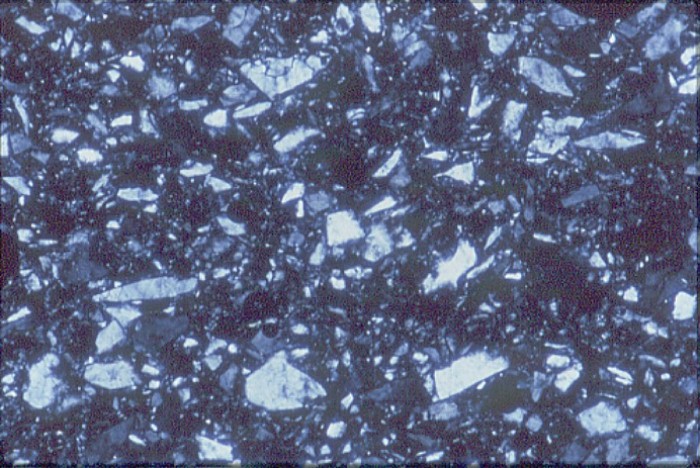
Figure 14d: XP view at x40 of sample MRT.06 showing general texture (width of field c. 1.5mm)
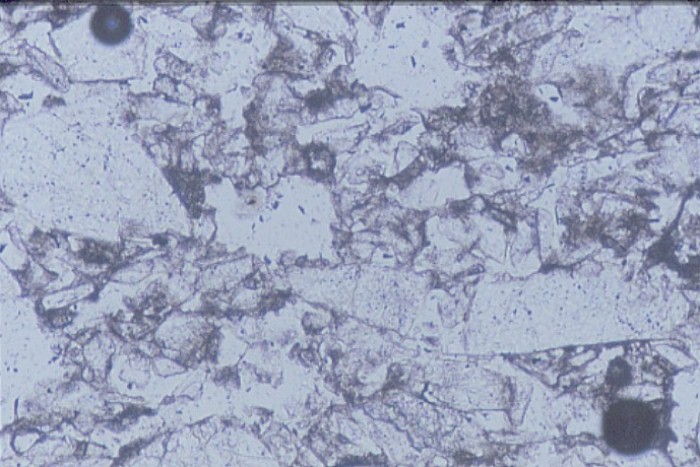
Figure 14e: PPL view at x100 of sample MRT.06 showing general texture (width of field c. 0.6mm)
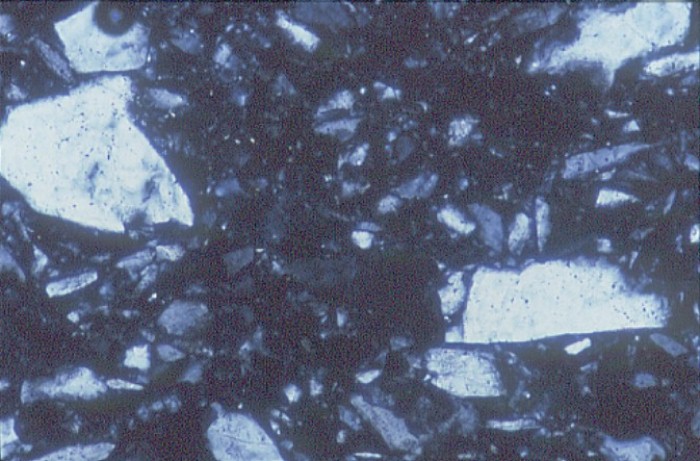
Figure 14f: XP view at x100 of sample MRT.06 showing general texture (width of field c. 0.6mm)